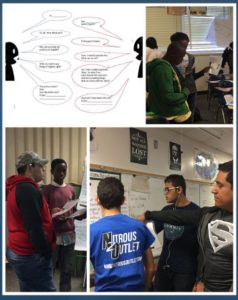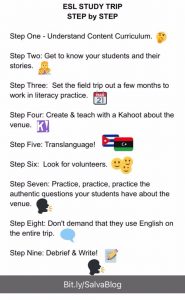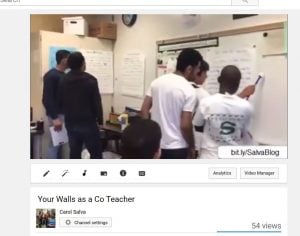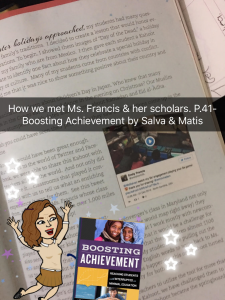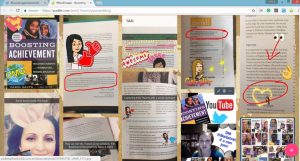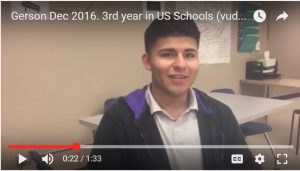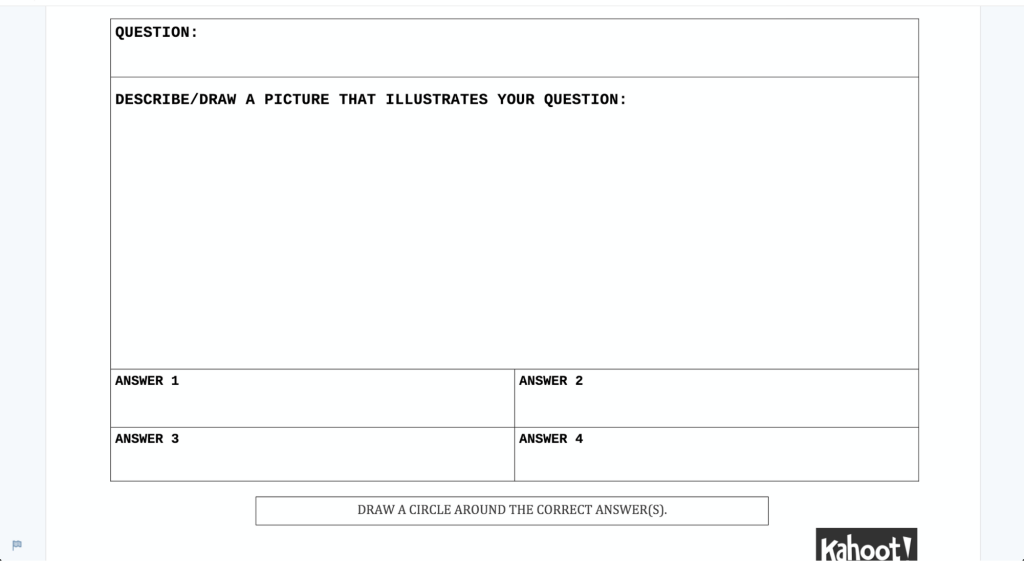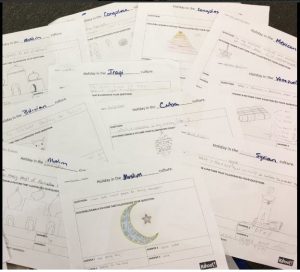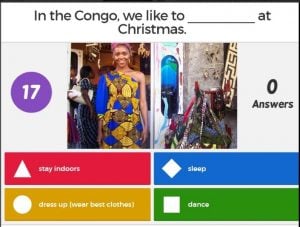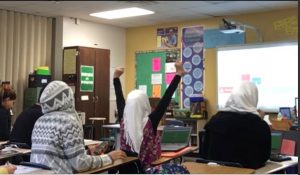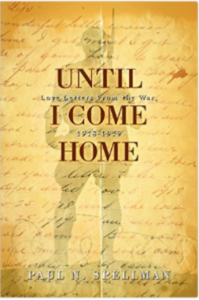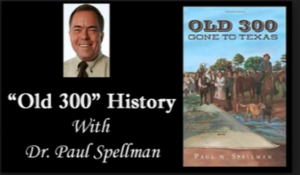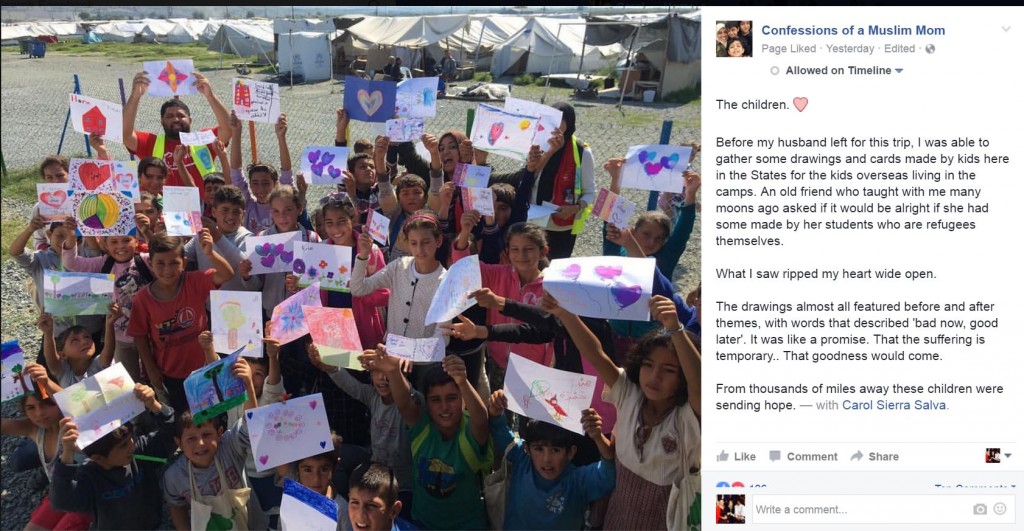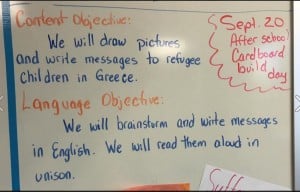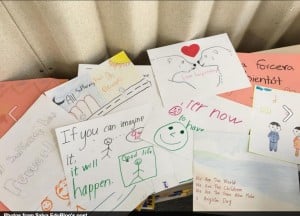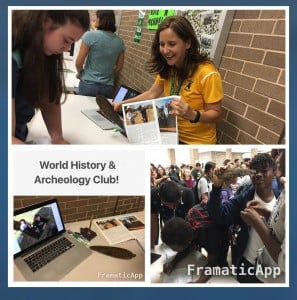I’m writing this blog on the floor of an empty house in Northwest Houston. Hurricane Harvey has finally moved off to the east. (satellite image from www.nytimes.com)
(satellite image from www.nytimes.com)
I’ve had days of being on high alert, with rising waters, constant tornado warnings, helicopters and boats rescuing people around us. Waters are still rising at my house but we are relocated now. My nerves were shot for a few days and we are now about to start the long process of dealing with the aftermath of the storm. But right now, before dawn, I want to reflect and plan how I will help my students process all of this when we return to school next week.
I have an interesting group of students for a situation like this. I am a newcomer teacher so I teach students who have recently relocated to our city. 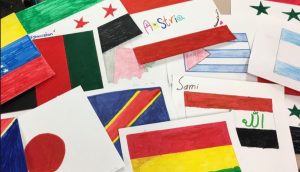 My NELD classes (Newcomer English Language Development) are students who were attending U.S. schools for only a few days when this hurricane struck. Many are coming from places of war, where they were displaced from their homes and had finally found a place to feel safe and out of harm’s way. The irony. Others have moved to Houston for a better life from Latin American countries and still, others have relocated here with family because my school is located in an Oil and Gas corridor.
My NELD classes (Newcomer English Language Development) are students who were attending U.S. schools for only a few days when this hurricane struck. Many are coming from places of war, where they were displaced from their homes and had finally found a place to feel safe and out of harm’s way. The irony. Others have moved to Houston for a better life from Latin American countries and still, others have relocated here with family because my school is located in an Oil and Gas corridor.
So what will I do for my class?
I’m still deciding on all the particulars of the lessons but I know what my overarching theme will be for this first unit. Community and Hope.
Community
My principal, Chad Crowson, just sent a heartfelt email to the staff to let us know that we are supported by him and the district.
“2017-18 is about community. It’s about a group of people coming together to support one another in a time of great need. Stratford is not just a school. Stratford is people – administrators, teachers, counselors, staff members, students, families, and community members – working together. Stratford High School will not be defeated by a hurricane. We’re too strong for that. We’ll be better because of this.”
 I’m so grateful for his leadership. If I carry this message into my classroom and make sure the students hear it loud and clear, I’ve done what all teachers want to do. I have opened my heart to my students so they might lower their walls of anxiety and uncertainty. Our classes must always be a place of refuge. No matter what is happening in that child’s life, they need to feel safe with us.
I’m so grateful for his leadership. If I carry this message into my classroom and make sure the students hear it loud and clear, I’ve done what all teachers want to do. I have opened my heart to my students so they might lower their walls of anxiety and uncertainty. Our classes must always be a place of refuge. No matter what is happening in that child’s life, they need to feel safe with us.
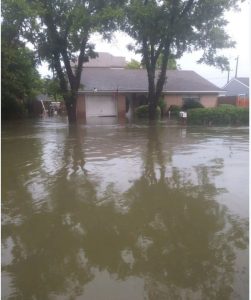 So I will start by telling them that I am so grateful. My situation is one of inconvenience only. Our home has not taken on any water yet but as of today, it is still inching toward the door. This could still change but we are gone from that house and safe. My mother’s home was not so lucky. She is safe and staying with us. But I will show them these pictures of her home from Sunday.
So I will start by telling them that I am so grateful. My situation is one of inconvenience only. Our home has not taken on any water yet but as of today, it is still inching toward the door. This could still change but we are gone from that house and safe. My mother’s home was not so lucky. She is safe and staying with us. But I will show them these pictures of her home from Sunday.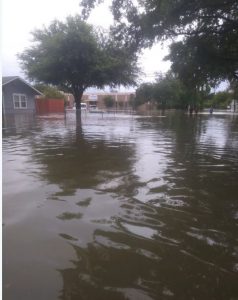
We will review the facts that Houston, the 4th largest city in the United States, was brought to its knees after days and days of torrential downpours. Catastrophic flooding took so much from our neighbors and friends. I will allow any student to share what they might have lost or how they count themselves lucky. No forced sharing and native language is fine. My home is located near them. It is right by the school. We lost power, and the school is located dangerously close to Addicks and Barker reservoirs, which are at their limits and flooding neighborhoods around them today. (Reservoirs are outlined in green on in this image.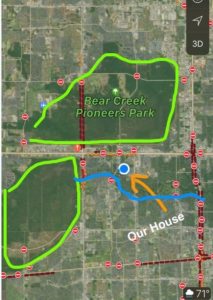 ) By the time we are back in school, we will have more information about that situation to discuss. It is worth showing the students how and why the reservoirs were established and how Hurricane Harvey affected this system.
) By the time we are back in school, we will have more information about that situation to discuss. It is worth showing the students how and why the reservoirs were established and how Hurricane Harvey affected this system.
When we go back to school I may still be staying in this empty house. Going on the 2nd day of no power, and the threat of the dams near us, we left our home yesterday to take refuge in our old house about 10 miles away. We are in the process of selling this house so we can stay here for 2 weeks. It is empty but it has running water, electricity and wonderful friends who brought us bedding, chairs, a folding table and other necessities. 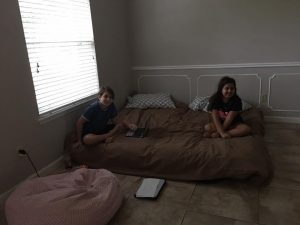 Again, our situation is a very comfortable one compared to many. My husband and son are separated from us because the airports are shut down but I’m confident they will be back with us by next week and I can share that while we were very scared, we kept hope that we would be reunited soon.
Again, our situation is a very comfortable one compared to many. My husband and son are separated from us because the airports are shut down but I’m confident they will be back with us by next week and I can share that while we were very scared, we kept hope that we would be reunited soon.
Our district provided us with this link that includes lessons and resources for our families. I will definitely share these with the students and inquire about their own needs for shelter, food, and assistance. Houston is responding in a strong way to each other. Our mayor promised to personally defend undocumented immigrants who may be hesitant to seek assistance. What a wonderful thing for all of our students to hear. They should know how their leadership feels about every resident of the city.
Hope
Once everyone has had a chance to share, and I feel that it is a safe time to do so, I want to draw on a feeling and mindset that many of us shared through this disaster: the feeling of hope. In that, we can discuss the feeling when you think that there is no hope. I want to honor their real situations and feelings. But most importantly, I want to bring it around to the real effects when you do have hope. I want to impart the strong power of hope to all of them.
Over the past few days, I was continually struck by the lift in spirit we would get when family or friends reached out to us. Many offered help for which I am so grateful. But even just messages of concern had a strong effect.
I feel as if our city was just taken through a huge, horrific empathy project for other displaced people in the world. There is so much we can learn if we draw parallels to what is happening to refugees and others. I think it will be good for my students to know that you can make a difference for refugees in many ways.
The UNCHR reports that 65.3 million people are currently displaced from their homes due to conflict or persecution.
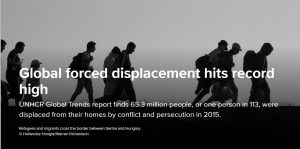
What Can We Do?
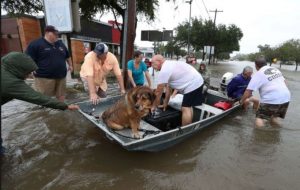 I can’t help but make this connection and discuss it with my own children at home. We see these heart breaking images of families in Houston being rescued by boats and losing everything they have. But we have to take some comfort in the fact that if they survived this storm, they are being rescued. Even while some in our city waited on rooftops for the boats to come, they had at least the hope that a boat WAS coming.
I can’t help but make this connection and discuss it with my own children at home. We see these heart breaking images of families in Houston being rescued by boats and losing everything they have. But we have to take some comfort in the fact that if they survived this storm, they are being rescued. Even while some in our city waited on rooftops for the boats to come, they had at least the hope that a boat WAS coming.
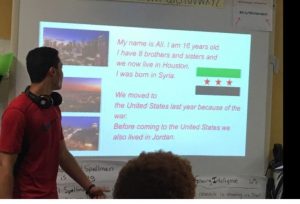 That is not the case for so many people in the world right now. I have students who spent so many years without running water or electricity. I have a student who was in a Burundi refugee camp without these things for 11 years. Others that escaped war, persecution, and denial of education to finally come here. How will their perspective add to the collective knowledge and understanding of our class?
That is not the case for so many people in the world right now. I have students who spent so many years without running water or electricity. I have a student who was in a Burundi refugee camp without these things for 11 years. Others that escaped war, persecution, and denial of education to finally come here. How will their perspective add to the collective knowledge and understanding of our class?
And what about the feelings of despair that my students have for family and others that are still in camps or seeking a place of refuge? We will discuss ways that we can authentically contribute to the problem. 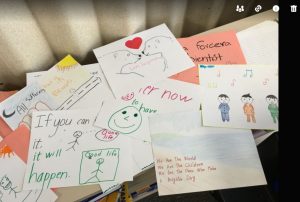 Last year, my students drew pictures and wrote letters of encouragement to children in refugee camps. This may seem simple but sending out some type of support message is something we can all do tomorrow. A friend delivered some of our letters said that the messages made such an impact on the people there. The children in the camp were in awe that children on the other side of the world were pulling for them. Matthew Garder, a friend, recently recounted a story to me by the actress Arta Dobroshi who was a refugee in a camp in Kosovo.
Last year, my students drew pictures and wrote letters of encouragement to children in refugee camps. This may seem simple but sending out some type of support message is something we can all do tomorrow. A friend delivered some of our letters said that the messages made such an impact on the people there. The children in the camp were in awe that children on the other side of the world were pulling for them. Matthew Garder, a friend, recently recounted a story to me by the actress Arta Dobroshi who was a refugee in a camp in Kosovo. 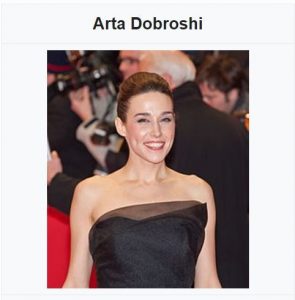 She tells the story of when Richard Gere came there. She couldn’t get to him but just knowing he was there gave her so much hope. And of course, now, she uses her influence to help others as a Goodwill Ambassador. Hope.
She tells the story of when Richard Gere came there. She couldn’t get to him but just knowing he was there gave her so much hope. And of course, now, she uses her influence to help others as a Goodwill Ambassador. Hope.
Letting refugees know that we stand with them is an opportunity I will give my students again this year because I am keenly aware of the tremendous impact it can have. These messages and gestures of concern can affect the life of the person in need of help…and they also bring hope to the sender.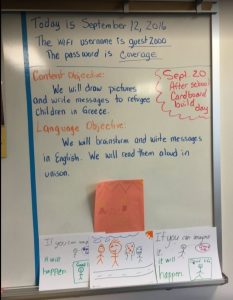
I will also let them brainstorm other ways we can help. One of my classes recorded videos of their learning.
The videos show the students learning quickly, some going from non-literate to reading and writing in English and point out teaching strategies and reflections from the students. Those are shared publically in hopes that UN teachers and students in makeshift camp schools can benefit.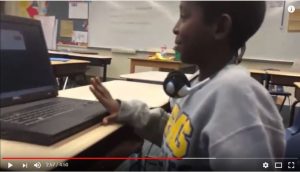
We will also look at what others are doing for refugees. I am so fortunate to know about Techfugees and I will be introducing it to my students next week. 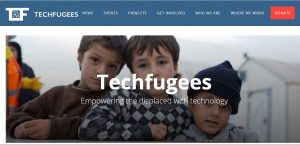 Moved by the plight of refugees in Europe, a number of technology industry people have formed a voluntary team (which includes Matthew mentioned above) to create the series of non-profit “Techfugees” conferences, hackathons, and work with a global network of collaborators. The U.S. efforts are headed up by Andlib Shah who I had the good fortune to meet and thank at SXSW last year. (See photo)
Moved by the plight of refugees in Europe, a number of technology industry people have formed a voluntary team (which includes Matthew mentioned above) to create the series of non-profit “Techfugees” conferences, hackathons, and work with a global network of collaborators. The U.S. efforts are headed up by Andlib Shah who I had the good fortune to meet and thank at SXSW last year. (See photo) 
I’m grateful to Techfugees because they may not realize the reach of their efforts. Just knowing about this effort gave my immigrant students SO MUCH HOPE over the past two years. A 24 hour live event by Techfugees founder Mike Butcher, Editor-at-large of TechCrunch and next to me in the photo, was the catalyst for using technology in my classroom. That shift in pedagogy has had a profound impact on the lives of my students and their families. And they will be happy to know that Mike and the rest of the Techfugee team are pulling for us.
Techfugees helps us see that there is hope. There is always hope.
Back to Us Locally & Our Classrooms
I think it is important to go over community and hope in a global sense because that is what will make all of this more than just lip service to our newcomer students. If you are not in Houston, you can still use the events to help your students do the lesson ideas in this post. Many of my students are not refugees but these conversations are growing all of our students as global learners. Point out Empathy, Grit, Resilience and Growth Mindset. These are character traits all students can use if we want them to be successful in life.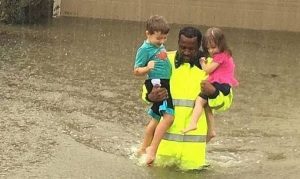
Here in Houston, we have so much community and so much hope. My students are likely affected by this disaster. I am grateful to be in a city where we are rising up to help anyone that is in need. People are leaving their homes right now, at 5:30 in the morning to volunteer at shelters, donate clothes and food and help our families rebuild. We also have the assistance of people from around the world with many funds coming in from kind hearted people far and wide and our residents are ready to make good use of it. We are so very fortunate. 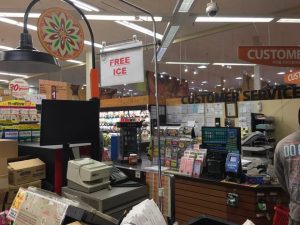
At some point we will list all the acts of kindness we see in our city right now like Free Ice from H Mart, the Korean grocer.
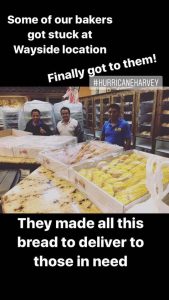 Or the Mexican bakers who were trapped for days at El Bollio Bakery and used their time to bake bread for victims of the flood. We have so many everyday heroes around us. We have so much hope. All of this can be captured in shared writing with Language Experience Approach so my newcomers can be reading and writing and speaking in English that same day with content that is compelling, culturally responsive and relevant to them.
Or the Mexican bakers who were trapped for days at El Bollio Bakery and used their time to bake bread for victims of the flood. We have so many everyday heroes around us. We have so much hope. All of this can be captured in shared writing with Language Experience Approach so my newcomers can be reading and writing and speaking in English that same day with content that is compelling, culturally responsive and relevant to them.
My wish for next week is that my students feel a strong sense of community in my classroom, in our school and in their new city. I also want to drive home the fact that no matter what the situation, what people need most, is hope. If a person has hope, they will keep moving forward. And moving forward is what we all need to be doing.
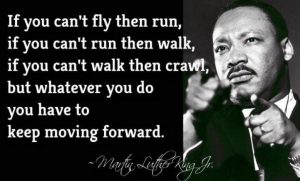
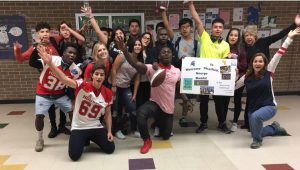 Business professionals, restaurant owners, managers in your local stores, college students? They will likely come speak to your class and are usually flattered to be asked.
Business professionals, restaurant owners, managers in your local stores, college students? They will likely come speak to your class and are usually flattered to be asked.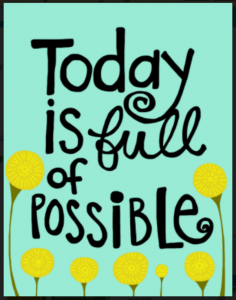 Over the past two years, we’ve hosted many!
Over the past two years, we’ve hosted many! George has an inspiring story that includes receiving a college scholarship for playing football. Like everyone I have ever asked, he agreed to come speak to my students. Check out this 2 min video of George Bamfo’s visit to our classroom:
George has an inspiring story that includes receiving a college scholarship for playing football. Like everyone I have ever asked, he agreed to come speak to my students. Check out this 2 min video of George Bamfo’s visit to our classroom: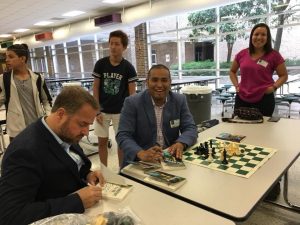 2. DISCOVER: Learn what your students know and also have students research the visitor’s profession or life. (We found out one of our students from Mexico was a champion chess player!)
2. DISCOVER: Learn what your students know and also have students research the visitor’s profession or life. (We found out one of our students from Mexico was a champion chess player!)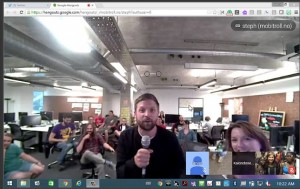
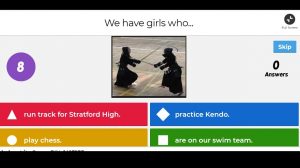
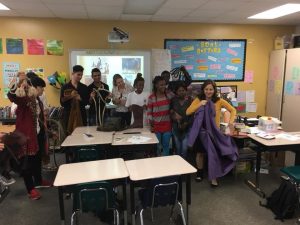 Wondering if people will come? Over the past few years we have had visits from ESL teacher Emily Francis, Champion’s Game authors Saul Ramirez and John Seidlitz,
Wondering if people will come? Over the past few years we have had visits from ESL teacher Emily Francis, Champion’s Game authors Saul Ramirez and John Seidlitz, 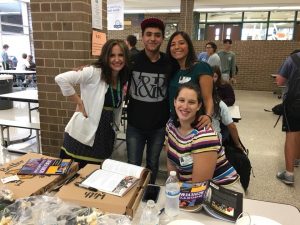 Doctoral
Doctoral 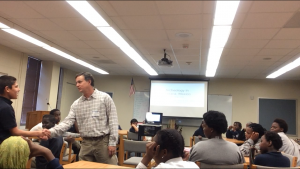 Student and teacher Katie DiGregorio, Equine Archaeologist Dr. Carolyn Willikes, President of the Council of Texas Archeologists Dr Jon Lohse, historian and authorDr. Paul Spellman, the founders of Pledgecents,
Student and teacher Katie DiGregorio, Equine Archaeologist Dr. Carolyn Willikes, President of the Council of Texas Archeologists Dr Jon Lohse, historian and authorDr. Paul Spellman, the founders of Pledgecents, 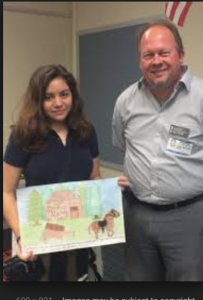 Bryan McAuley of the Texas Historical Commission and others.
Bryan McAuley of the Texas Historical Commission and others.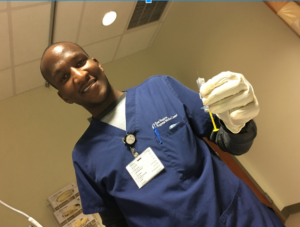 Next week we will welcome Benjamin Yagan who was my nurse in the hospital and is originally from Kenya.
Next week we will welcome Benjamin Yagan who was my nurse in the hospital and is originally from Kenya.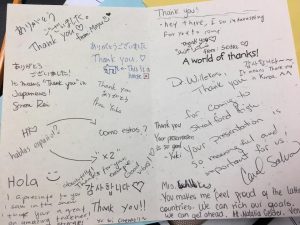 Just as we say in this card, we appreciate George Bamfo and all the visitors who have taken the time to come meet our students.
Just as we say in this card, we appreciate George Bamfo and all the visitors who have taken the time to come meet our students. 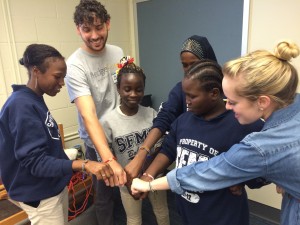
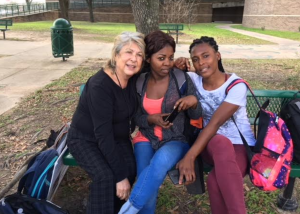 I appreciate the visitors and also want to be sure to thank Ms. Paula Gomez who has been coming once a week to volunteer and also Georgia Henkel, a student aide that helps during 6th period in my room. If you’d like volunteers, check out this post that includes a 5 minute video you can share with your community: BRING ON THE VOLUNTEERS
I appreciate the visitors and also want to be sure to thank Ms. Paula Gomez who has been coming once a week to volunteer and also Georgia Henkel, a student aide that helps during 6th period in my room. If you’d like volunteers, check out this post that includes a 5 minute video you can share with your community: BRING ON THE VOLUNTEERS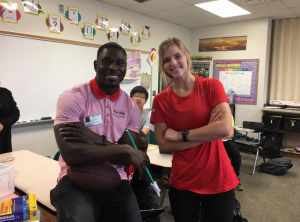 One more huge thanks to the scholars for being amazing as always! I’m super proud of all of you! – Ms. Salva
One more huge thanks to the scholars for being amazing as always! I’m super proud of all of you! – Ms. Salva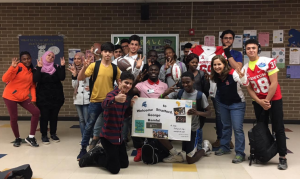

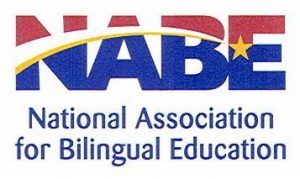 as well as the ISTE conference
as well as the ISTE conference  and I’m a proud spotlight speaker at the Abydos writing conference.
and I’m a proud spotlight speaker at the Abydos writing conference. 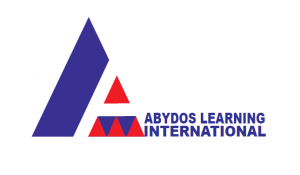
